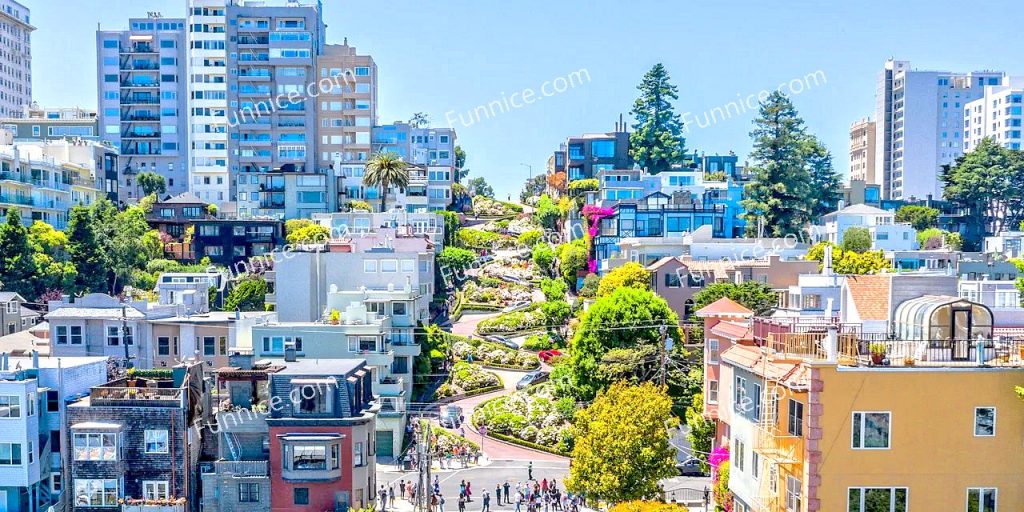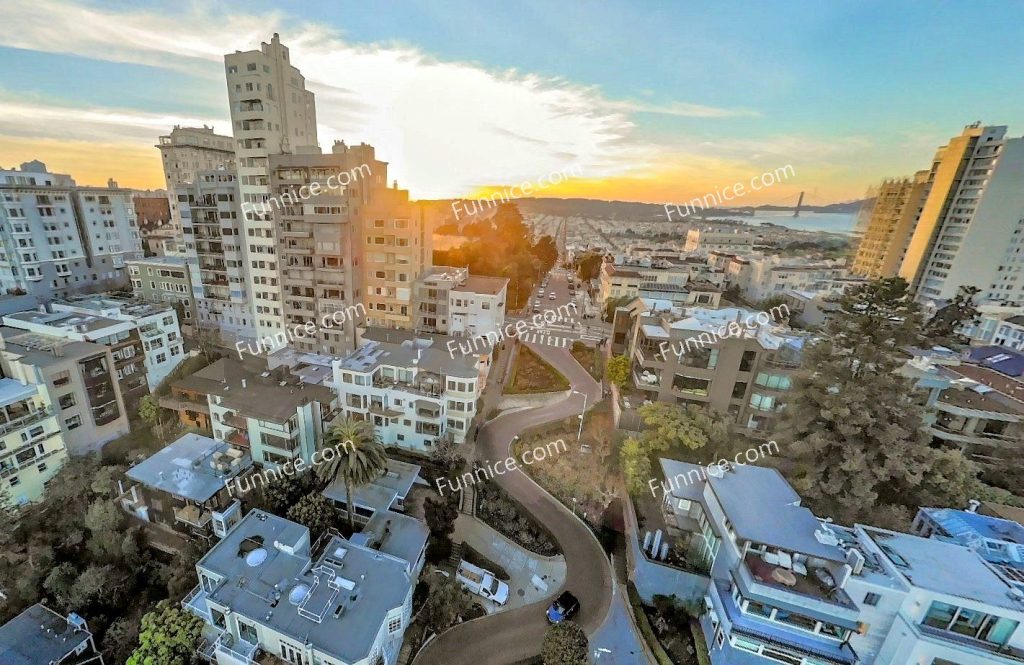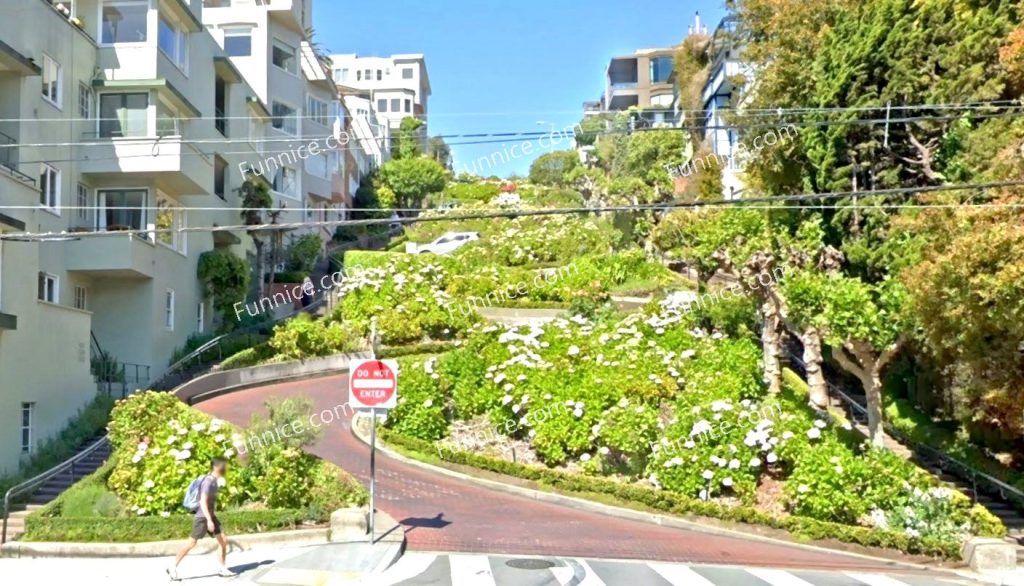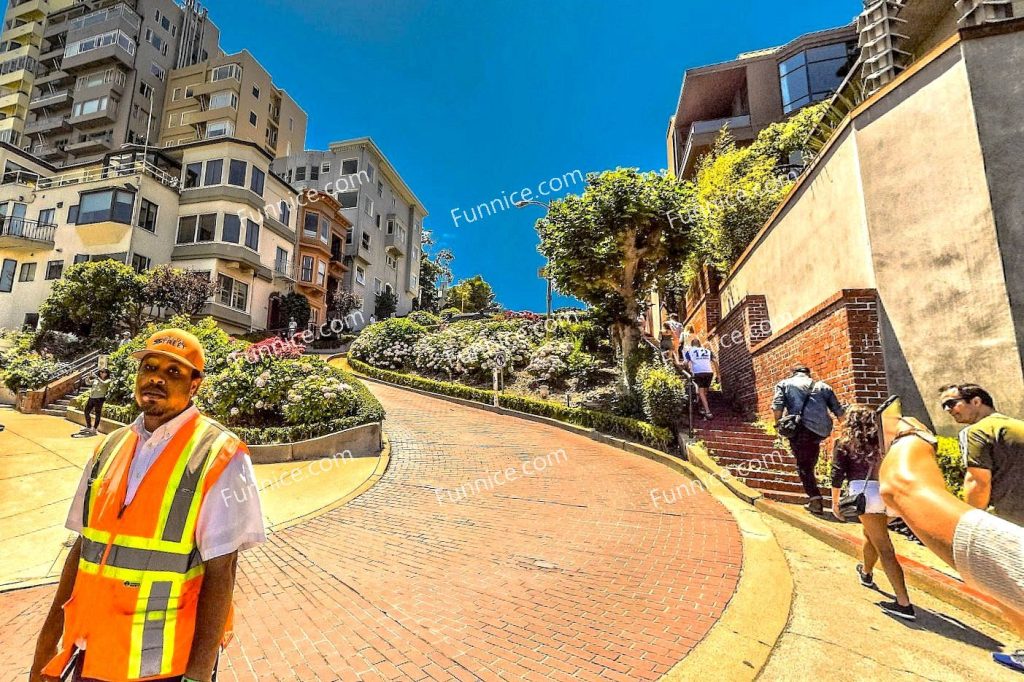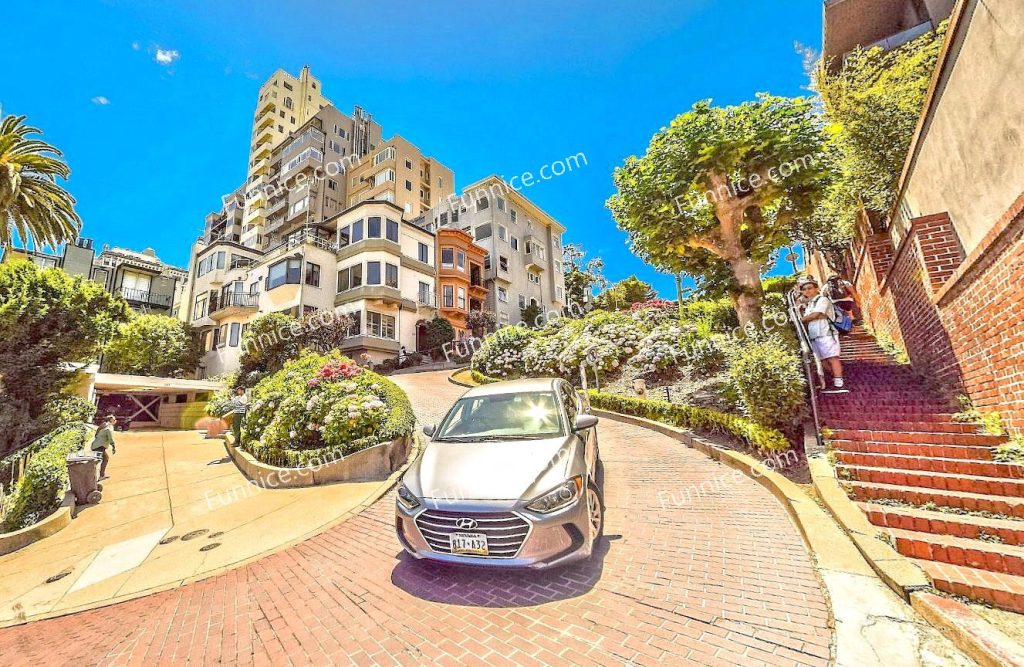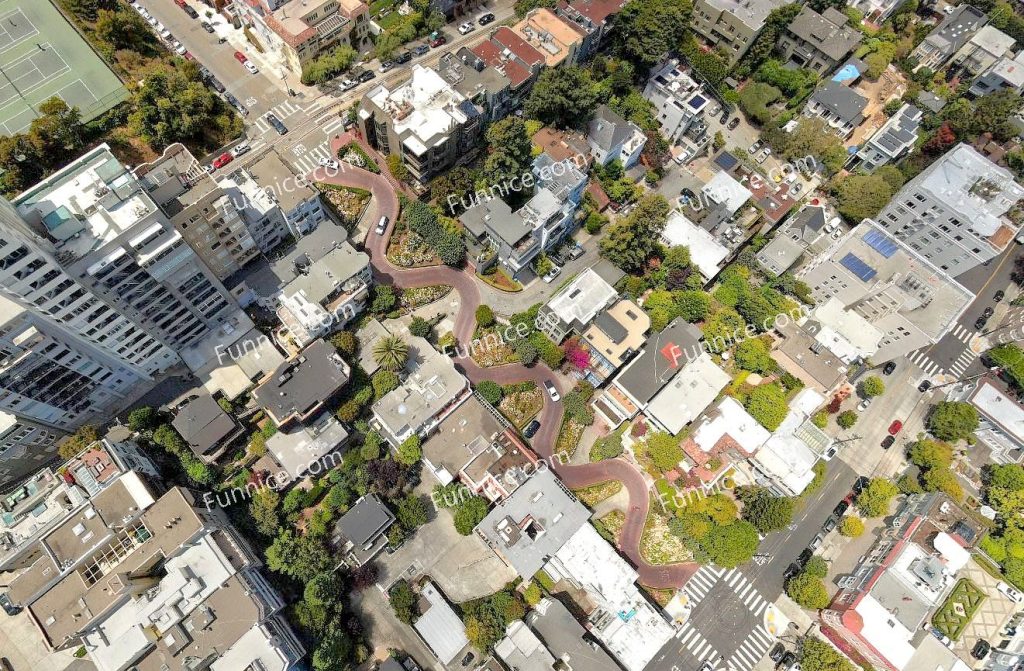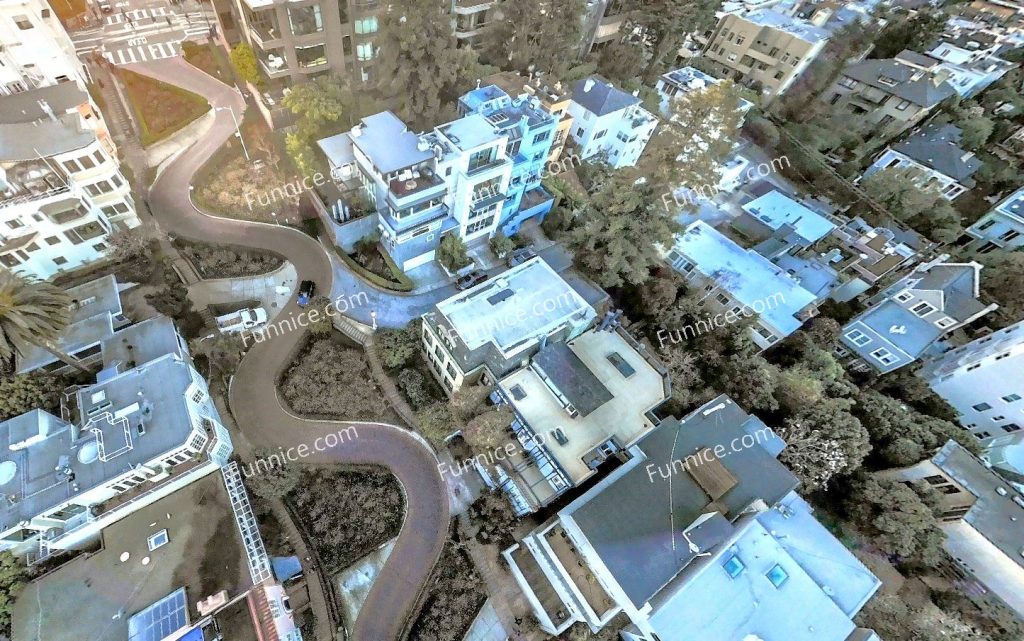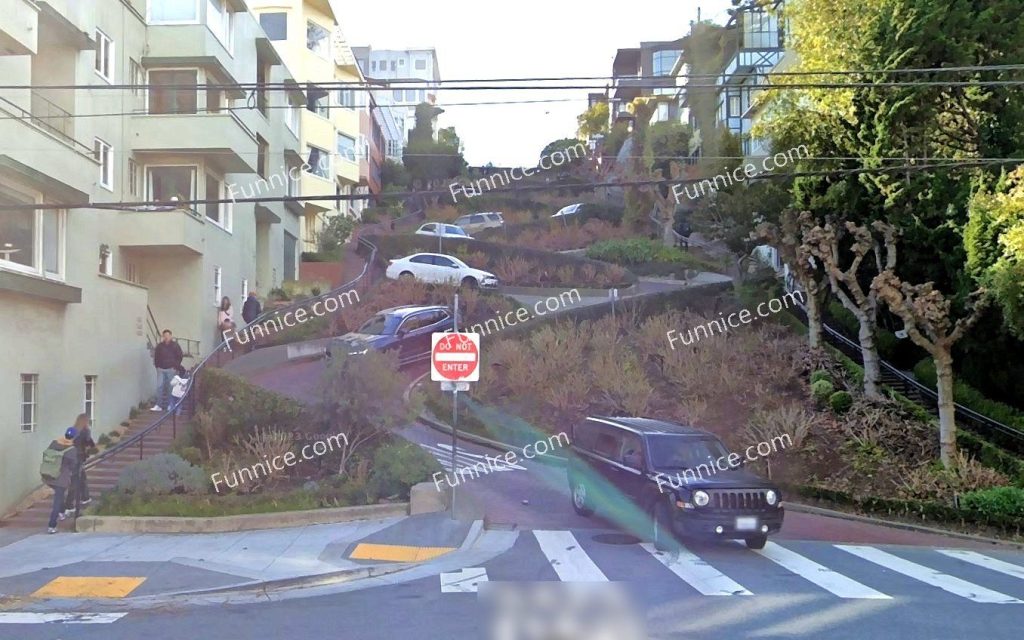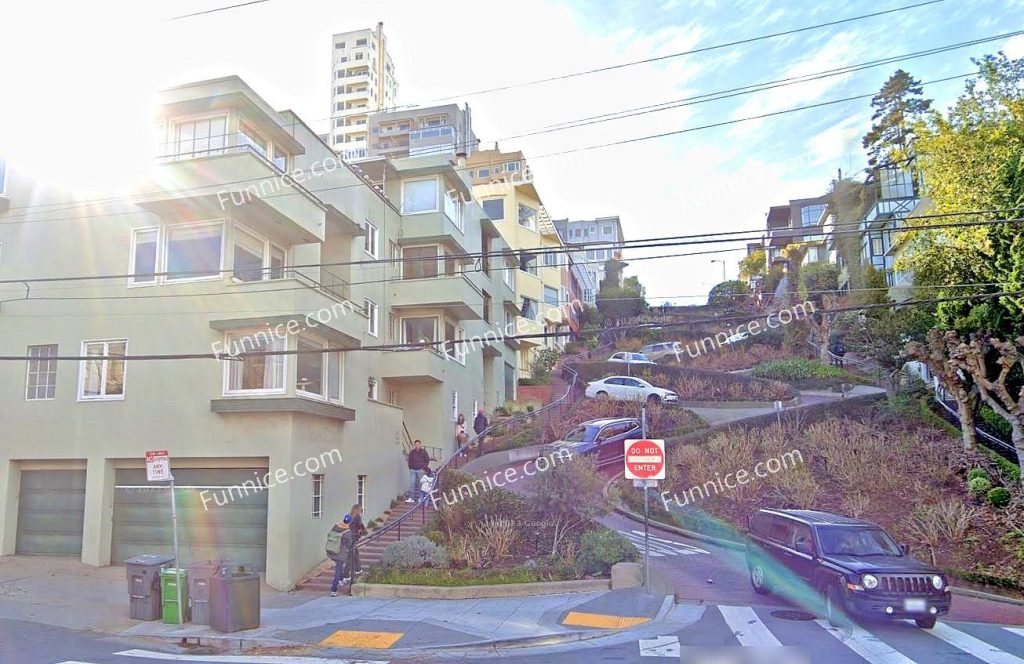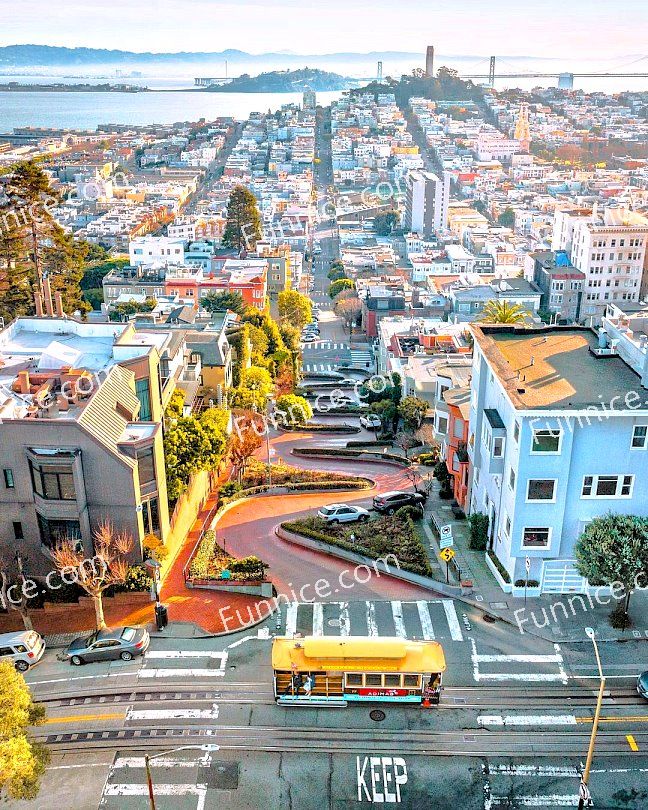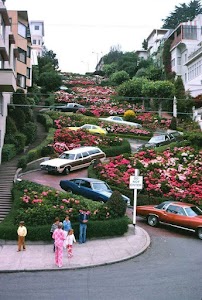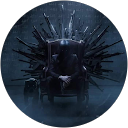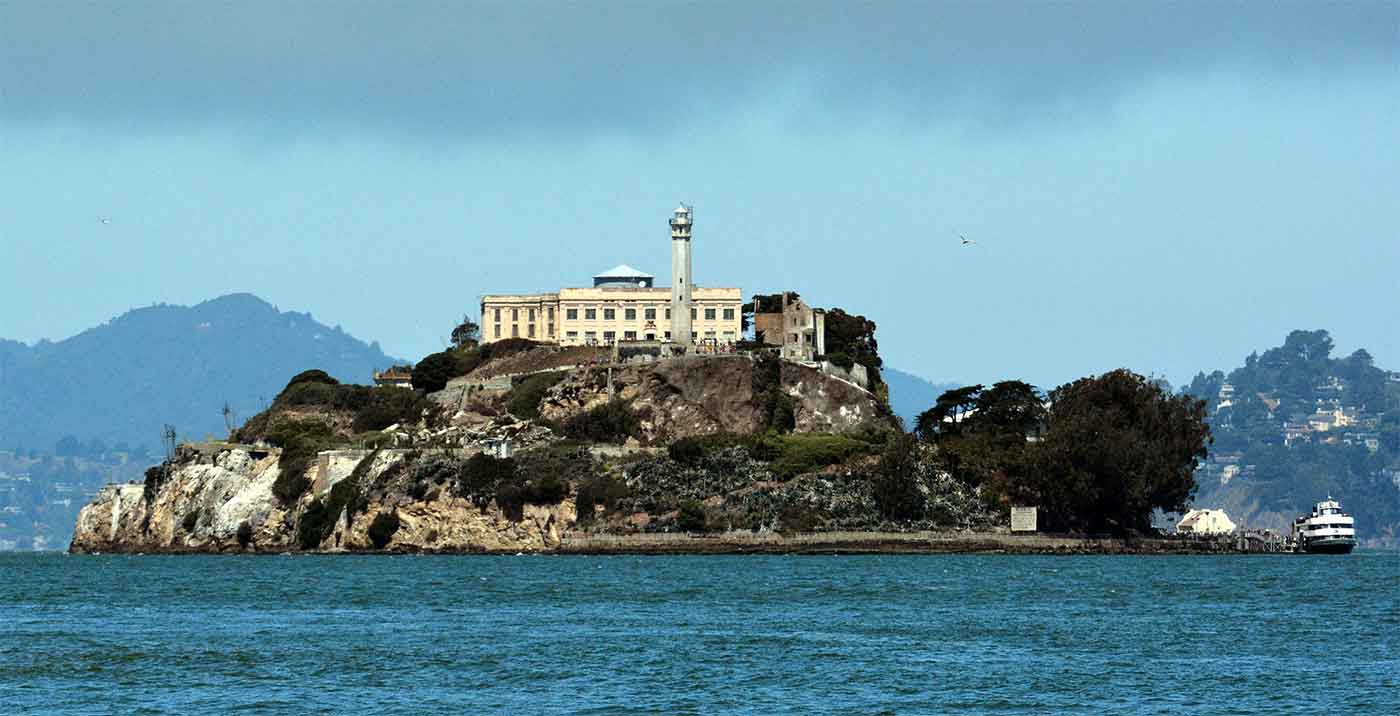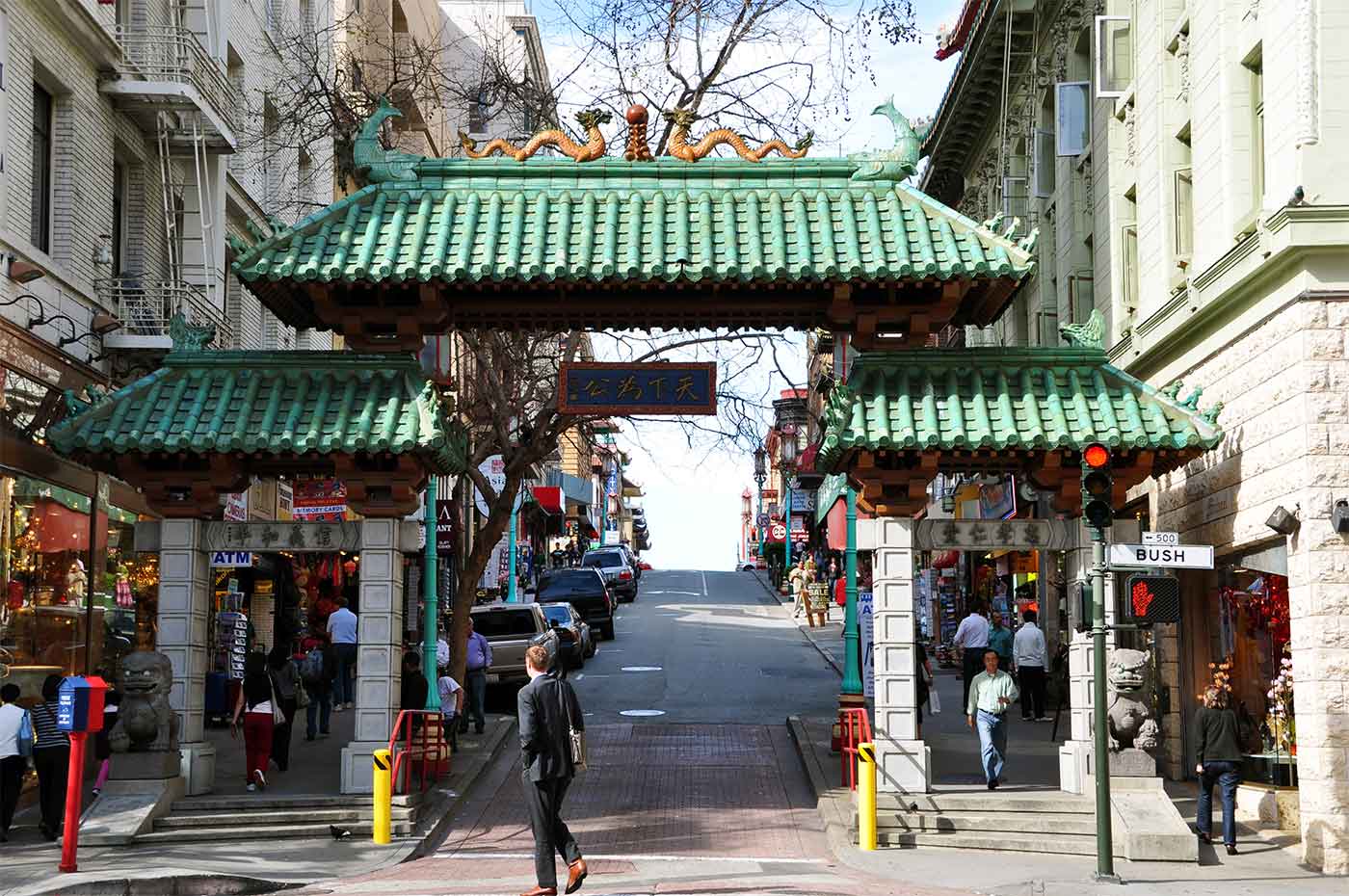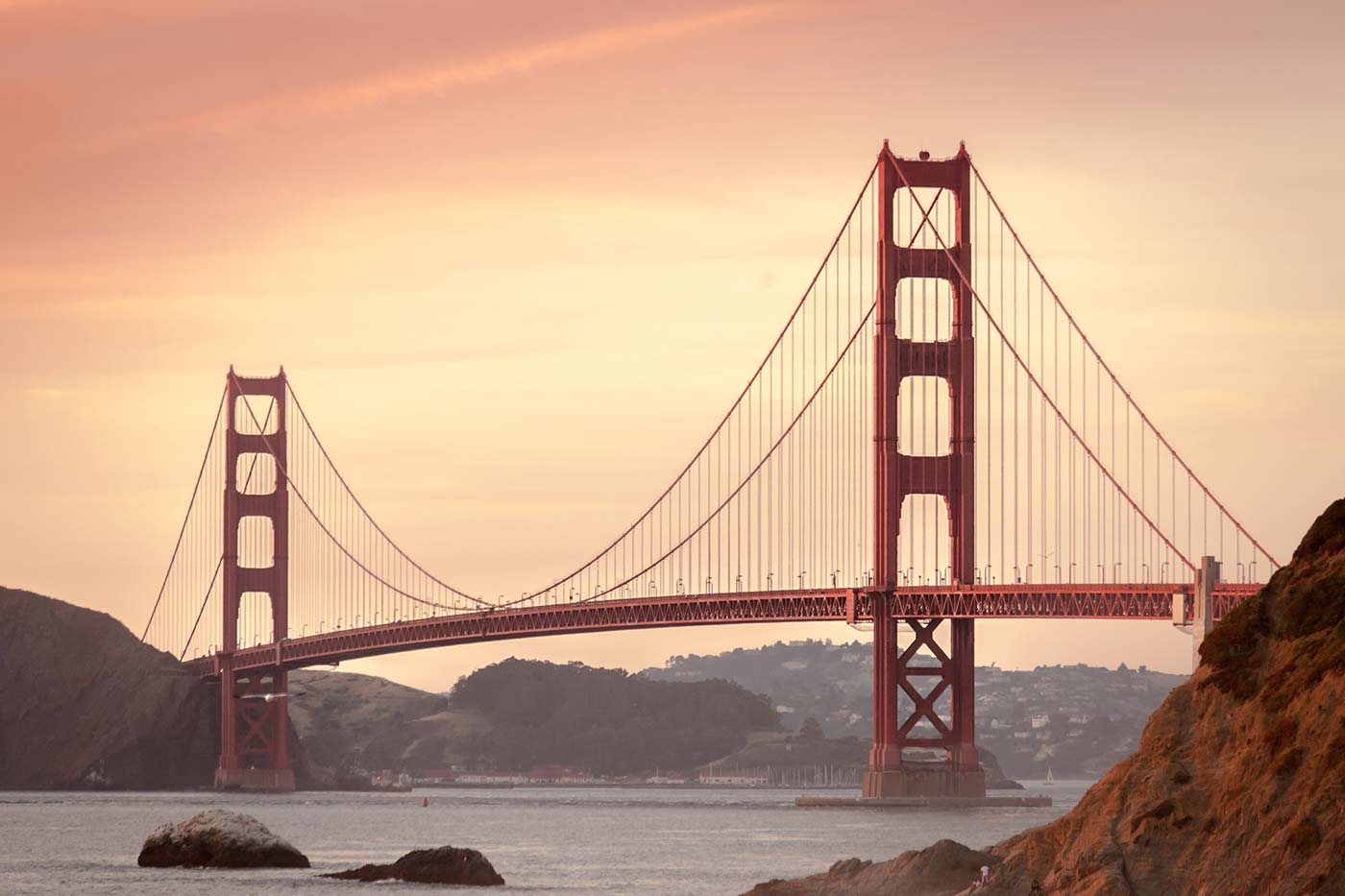Lombard Street is an east-west street in San Francisco, California, running through the Presidio and Cow Hollow neighborhoods. It is renowned for a section with eight sharp turns, earning it the nickname “The Crookedest Street in the World.” The street was named at the suggestion of Jasper O’Farrell, inspired by a street of the same name in Philadelphia.
Description
Lombard Street shares its route with U.S. Route 101 between Broderick Street and Van Ness Avenue. It continues eastward, passing through Russian Hill and Telegraph Hill, before reaching the bustling Embarcadero area near San Francisco’s waterfront.
The most famous section of Lombard Street is the “Crooked Street” on Russian Hill, located between Hyde Street and Leavenworth Street. This stretch is celebrated as the most winding street in the United States, featuring eight sharp turns in a short span. The street only allows one-way downhill traffic from Hyde Street to Leavenworth Street. The Powell-Hyde cable car line passes by the upper end of this section.
Originally, this steep section of the street was straight, but its 27% grade posed safety concerns for vehicles and pedestrians. In 1923, it was redesigned into its current zigzag form, an idea proposed by local property owner Carl Henry. The design aimed to reduce the grade by increasing the length of the road. The Crooked Street is 600 feet (about 180 meters) long, with the straight-line distance measuring 412.5 feet (about 125.7 meters). The roadway is paved with red bricks to enhance traction, and a speed limit of 5 mph (8 km/h) is posted at the entrance.
Traffic Management
In response to traffic issues caused by the popularity of Lombard Street, the San Francisco city government established the “Crooked Street Special Task Force” in 1999. By 2001, the task force determined that permanently closing the street to traffic was not a viable solution. Instead, several measures were implemented, including a summer parking ban, restrictions on eastbound traffic during major holidays, and increased fines for parking violations in the area.
The task force also proposed the use of shuttle buses to transport tourists to the iconic street, as driving along its winding path remains a key attraction for visitors.
Although the effectiveness of these measures has been a topic of debate among residents, Lombard Street continues to be one of San Francisco’s most iconic landmarks, drawing countless visitors eager to experience its unique charm.

